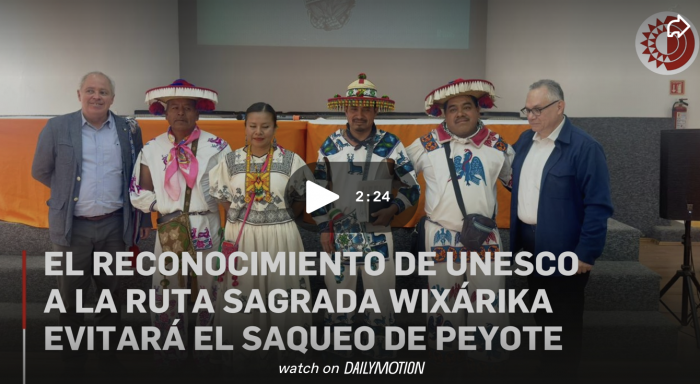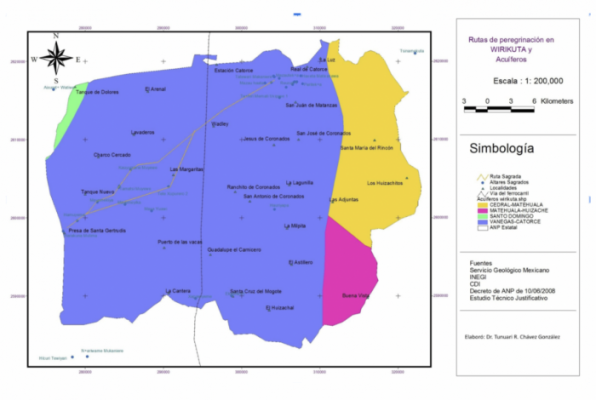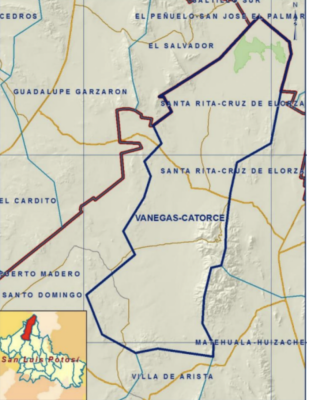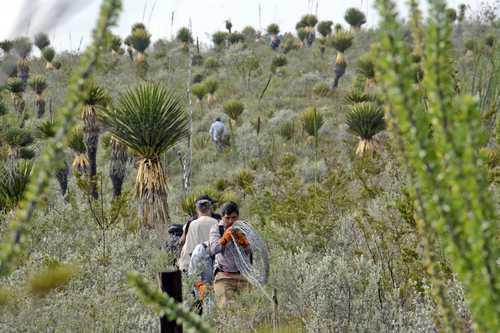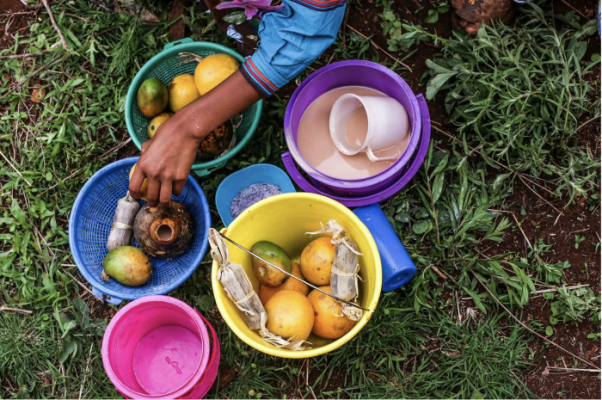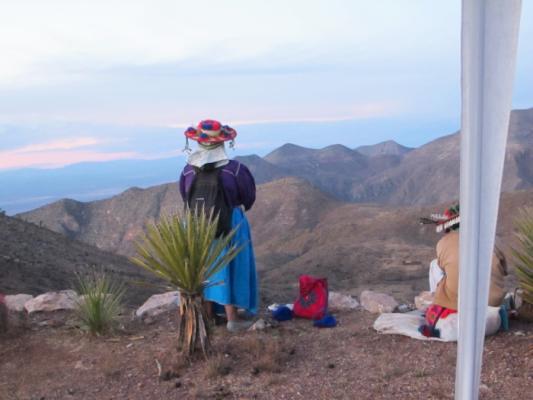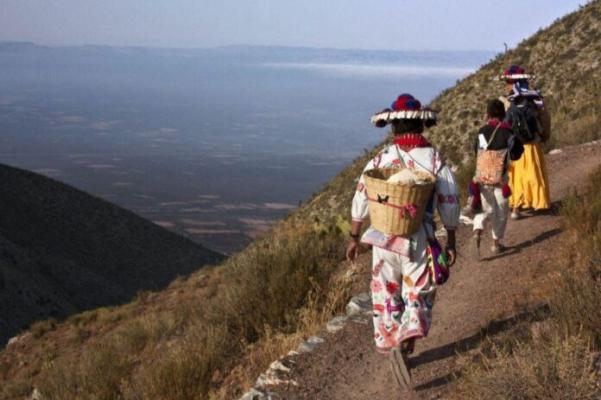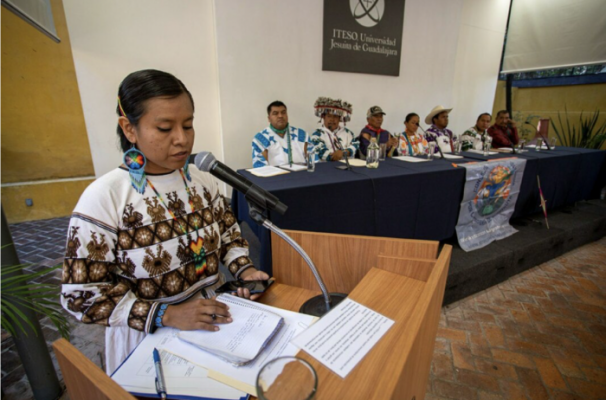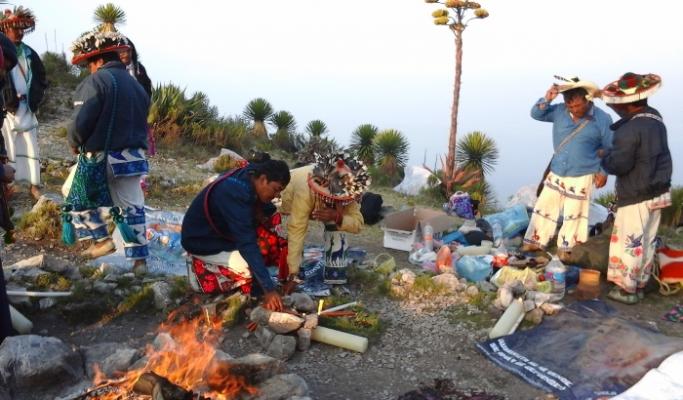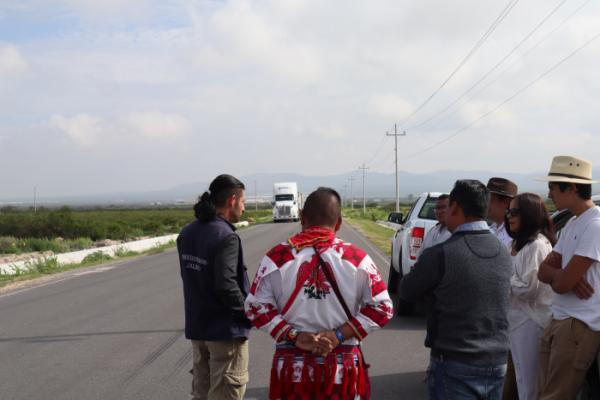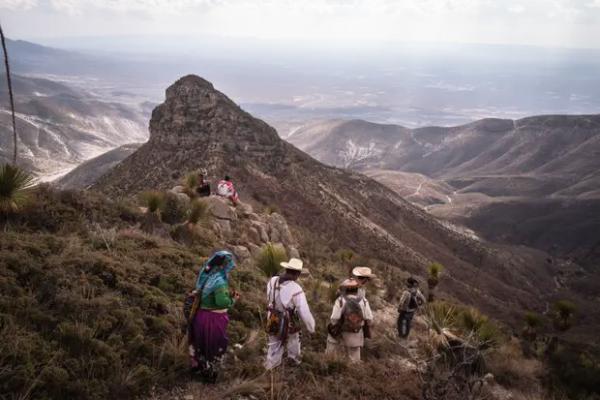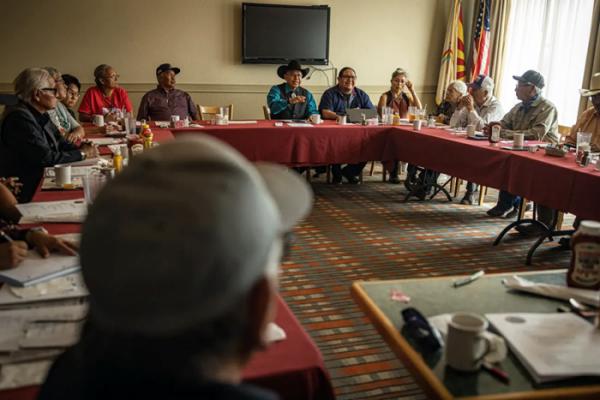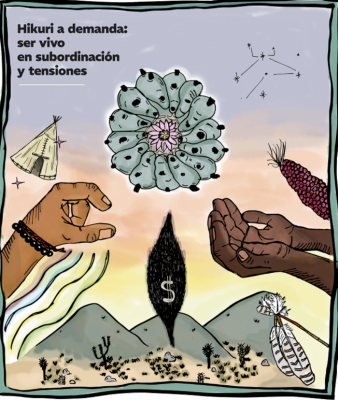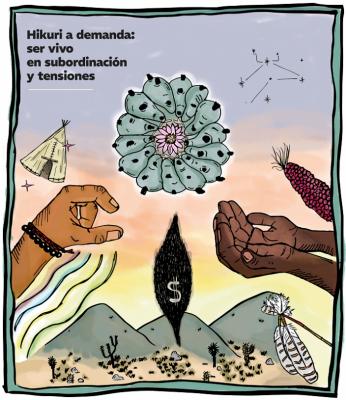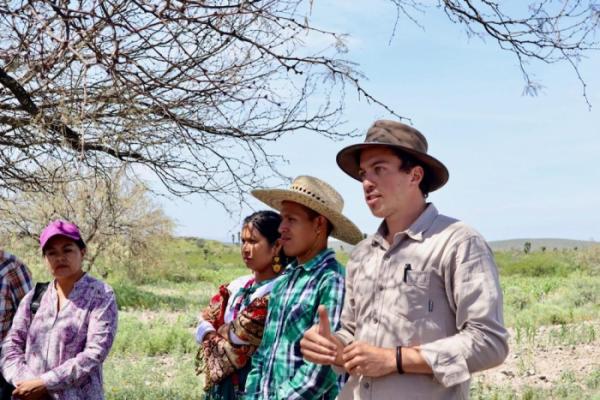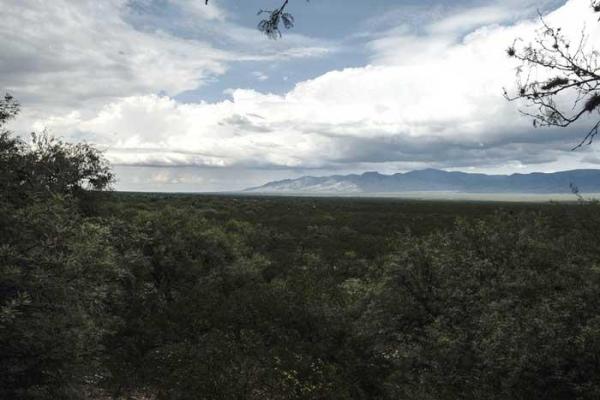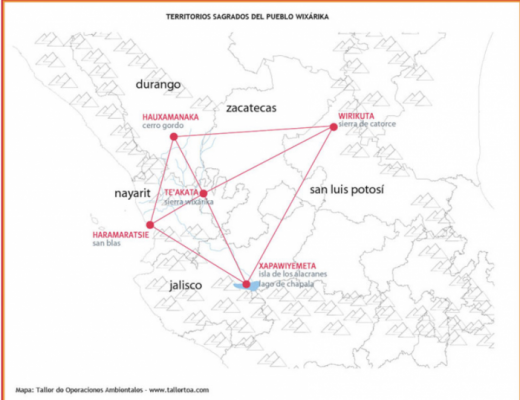Mario Marlo
| April 2024
After 13 years of constant struggle, the Wixárika Regional Council for the Defense of Wirikuta (CRW), a coalition comprised of traditional, civil, and agrarian authorities from the Wixaritari communities of Santa Catarina Cuexcomatitlán, San Sebastián Teponahuaxtlán, and Tuxpan de Bolaños in Jalisco, and Bancos de San Hipólito, continues to demand that the Mexican State cancel the 78 mining concessions that threaten the sacred land of Wirikuta and its 140,000 hectares, which extend across the municipalities of Real de Catorce, Charcas, Vanegas, Villa de Guadalupe, and Villa de la Paz, in the state of San Luis Potosí.
